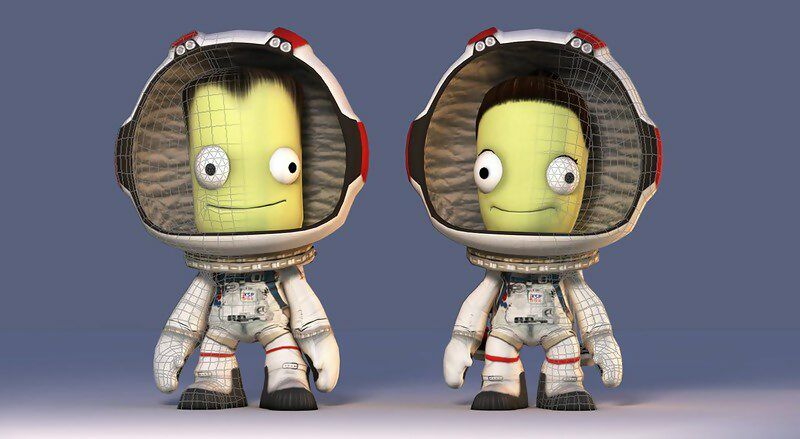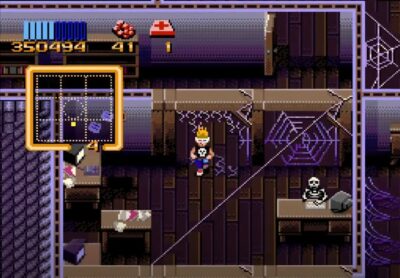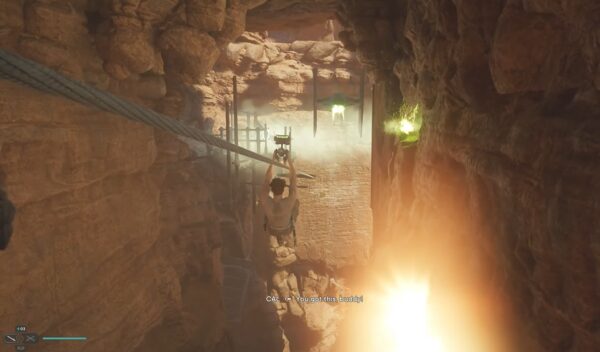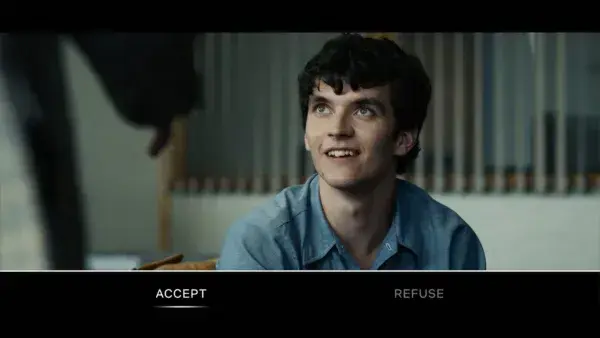
Kerbal Space Program is a gateway drug to aerospace. In my ten years of streaming it, teaching it, and using it as a teaching aid, I’ve lost count of the number of people who’ve told me the game was a key reason they ended up building rockets for real. I wouldn’t be surprised if, in the next few decades, we begin to see astronauts who got their first experiences in rocket science through playing Kerbal Space Program. And as long as that’s not their only experience, I’m sure they’ll do fine.
The amazing thing is that Kerbal Space Program, or KSP, didn’t set out to be the perfect educational game – it began as a sim that had some rocket-related mechanics. You were trying to get as high as possible, balancing thrust to weight ratios, and being careful not to overheat your engines. By version 0.7.3, the first public release, there was a handful of parts, a planet, and enough physics such that you could get payloads into orbit if you knew what you were doing.
Most players didn’t, however. I had degrees in physics and astronomy, and several decades of experience as a space nerd, so I knew what it took. But equally, these early versions were so basic: there were no symmetry tools to help you keep your rocket balanced; the atmosphere was so thick, it was hard to pick up speed, and the structure of your rocket felt like it was held together by rubber bands. When I made it into orbit, though, it felt like a real achievement. Then I deorbited, deployed my parachute, and gently touched down on the dark side of the planet, only to explode because of a bug in the game.
One of the smartest things it did was introduce the Kerbals – your crew Bill, Bob, and Jebediah Kerman – who would react during the flight, sometimes with concern, panic, or a huge grin. They made you care a bit more and, sometimes, laugh a bit more. New versions brought new features, including an orbiting Moon (or Mun), so of course I had to try landing there. And again, the early game lacked many of the quality-of-life features we rely on – there was no navigation, no low-thrust landing engines, no landing gear, and no ability to save the game.
It took half an hour of manual flying to put my crew into a powered descent towards the Munar surface, and without the safety net of a saved game to fall back on, any mistake would ruin a lot of work. I think I failed a couple of times. Usually I’d get close and then use too much thrust, sending me back up again, a consequence of overpowered engines and crude controls. During Apollo 11’s landing, Neil Armstrong’s heart rate was 150 beats per minute, and I’m pretty sure my heart was doing similar things when I finally landed on the Mun for the first time. Not many games have had that effect on me.
I was fortunate that, when KSP first appeared, I had a small YouTube audience and was a gamer who also had a background in astronomy, so I knew orbital mechanics and could explain a lot of the orbital manoeuvring which became essential to the game. As KSP expanded, I was able to draw parallels between the simulated space technologies and their real counterparts. That was really a catalyst to grow my audience, and over the years, I transitioned away from primarily covering games to covering real rocket science.
KSP continues to be used in my videos. When I need some visuals, I don’t start drawing things in Blender – I create a working version in KSP. Pretty pictures are nice, but being able to fly and crash your creations is infinitely better.





